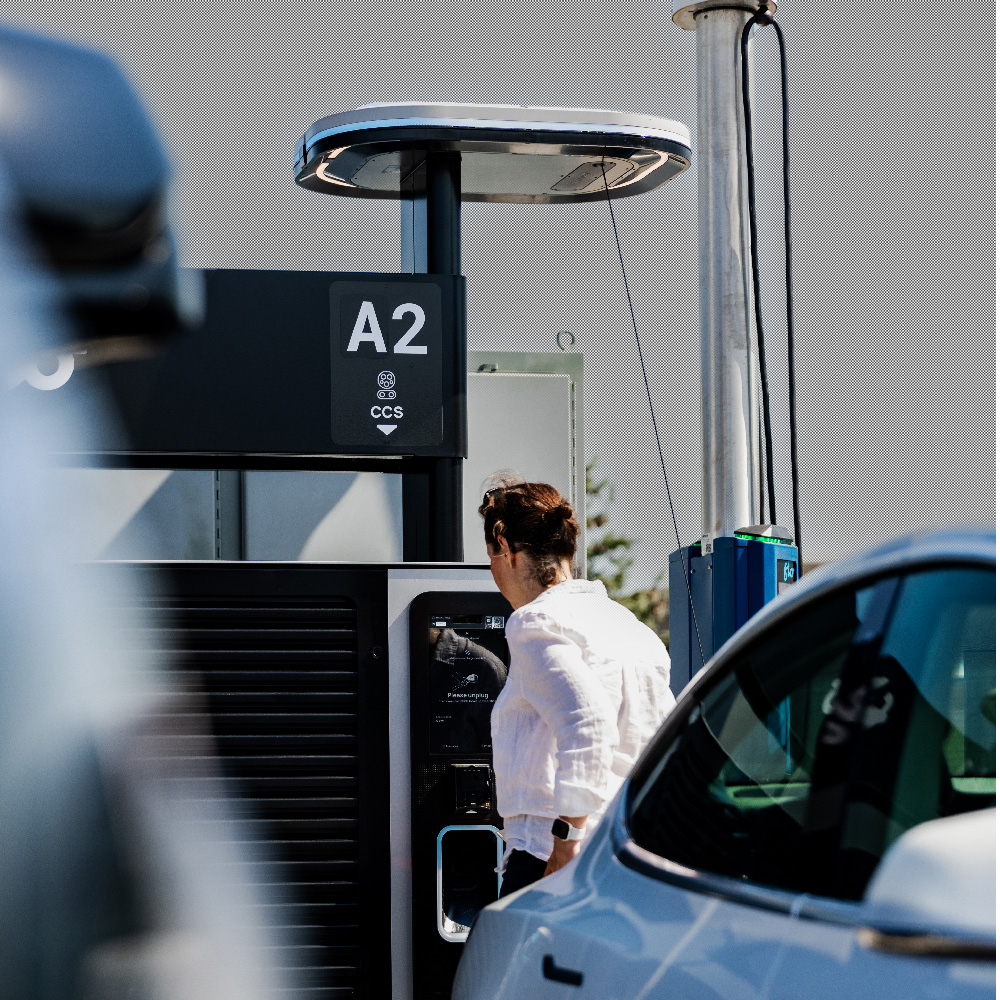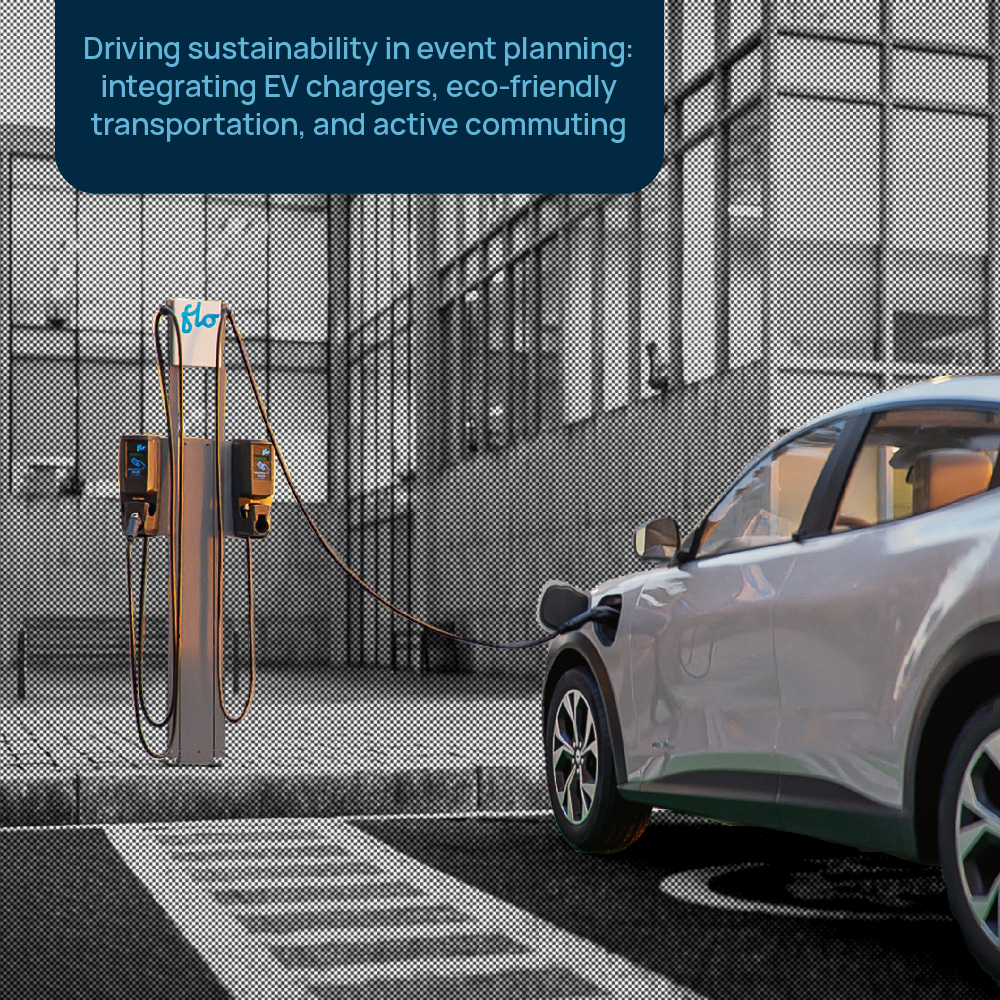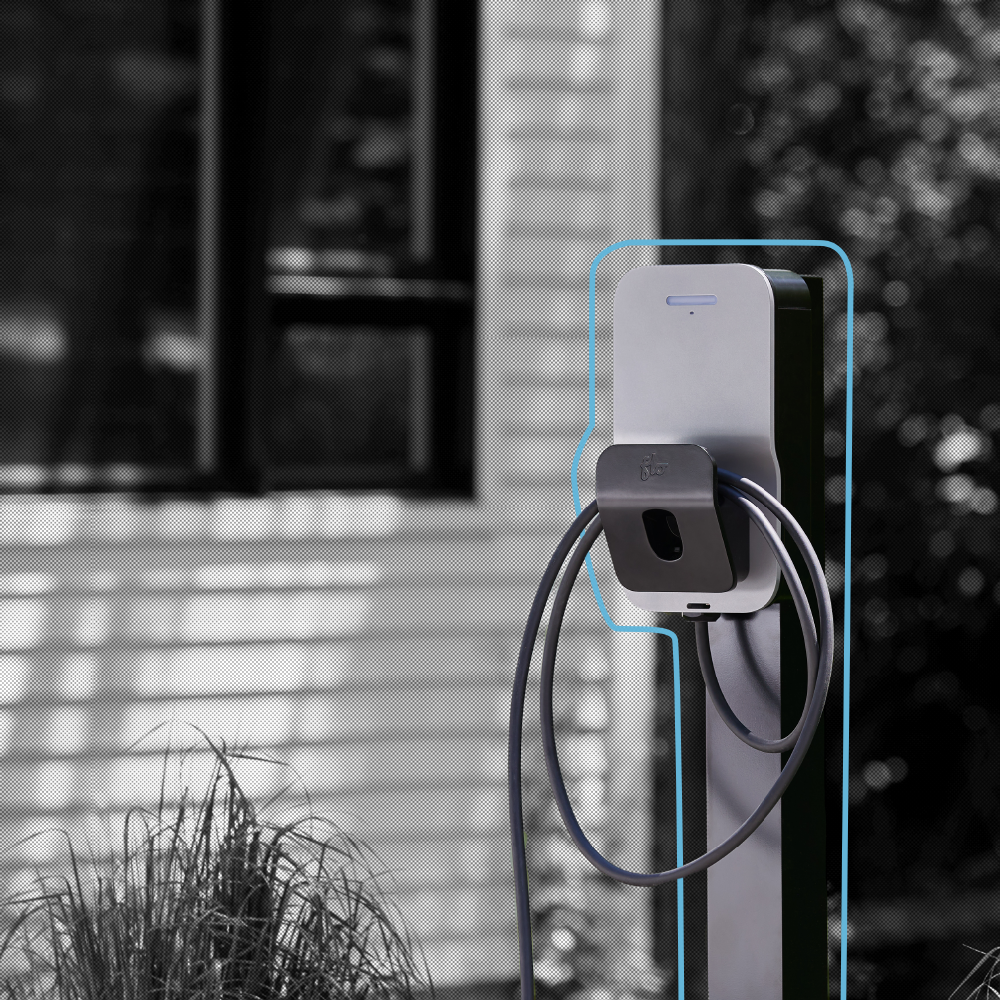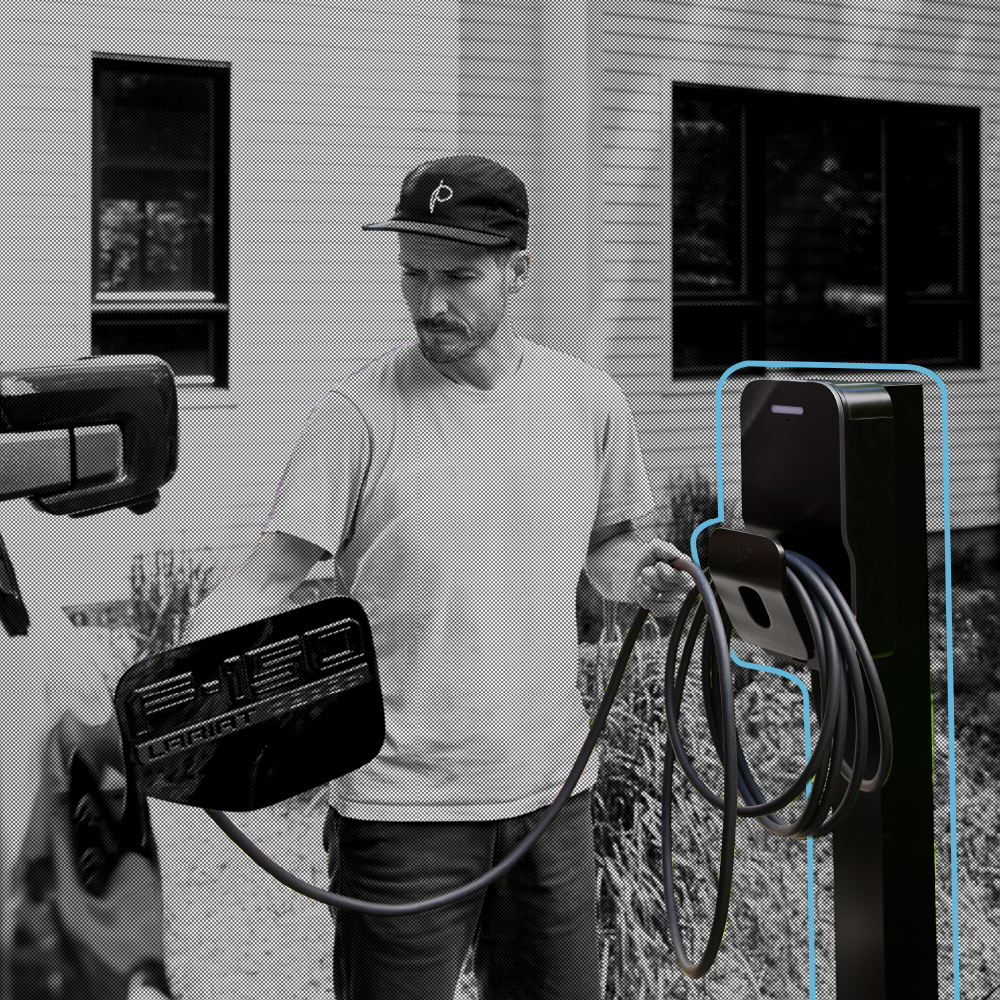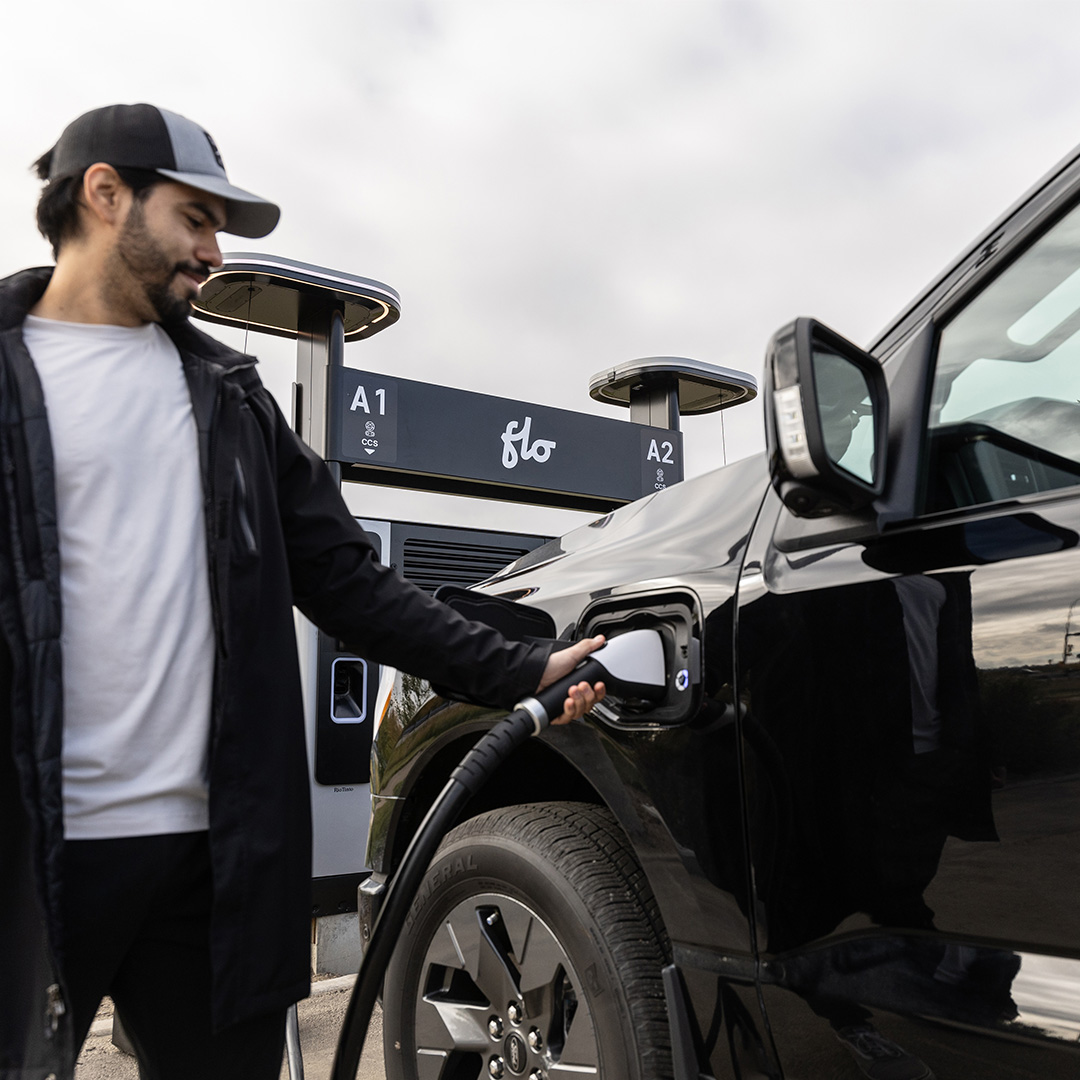Charging Station Uptime
What is charging station uptime?
Charging station uptime is an indicator of charging station reliability that measures the time during which a charging station is in-use or available for use. Uptime is expressed as a percentage and is typically calculated as a 12-month rolling average.
Why is charging station uptime important?
Outstanding charging station uptime is an indicator that a charging station is dependable and thus that EV drivers can rely on it when they need to charge. Uptime, therefore, helps mitigate “charger anxiety” – or the fear experienced by EV drivers that a charging station won’t work when they need to use it. Reducing charger anxiety and demonstrating the reliability of EV charging networks through uptime are believed to serve as a catalyst for greater EV adoption, as they help consumers grow more comfortable that EVs – and EV charging networks – can reliably satisfy their everyday driving needs.
What is FLO’s charging station uptime target?
FLO’s charging station uptime target is 98% or better and is calculated on a 12-month rolling basis. FLO has continuously achieved its uptime target across several years of reporting using the methodology set out below.
98% uptime equates to 358 days of charger availability a year or, alternatively, it will result in less than one day of downtime per month across a 12-month timespan.
How does FLO track and report on charging station uptime?
FLO has developed an internal data operations center, called SmartVIEW, which remotely tracks station performance in real-time. SmartVIEW actively tracks when a station goes down, the frequency of outages, the length of time the charger remains offline, and uses an algorithm to calculate uptime on a 12-month rolling basis.
FLO’s formula for measuring uptime is as follows:
(Number of hours in the period x number of included stations) – (Sum OT – Sum ET)
__________________________________________________________
(Number of hours in the period x Number of included stations)
We define the key terms of the formula below:
Outage Time (OT): Time (in hours) a charging station is offline, regardless of the reasons, from the occurrence of the fault, as recorded by the date of failure field, to the end of the earlier of the end of the outage period as recorded by the date of resolution field or the end of the current period.
Excluded Time (ET): Time (in hours) a charging station is offline due to issues outside of the EV charging network’s control. For general reporting purposes, periods of station unavailability caused by the following issues are considered as Excluded Time (ET):
- Upstream power, internet, or cellular failures
- Abuse, vandalism, or accident
- Planned maintenance
- Customer actions preventing or delaying service restoration or repairs
In-service Time: Time (in hours) a charging station is online and available for use or is in-use.
How does FLO achieve high charging station uptime?
With more than a decade of experience, FLO has become an expert in understanding what it takes to design and operate reliable charging stations. To achieve high charging station uptime, we have continuously improved our service delivery model, including in the following ways:
- Design and Engineering
10+ years field experience operating charging stations has enabled FLO to refine and evolve the design process for our products and services with a focus on improving reliability. - Assembly
Vertical integration allows FLO to oversee the manufacturing, installation, and network operation process from assembly to operation and gives FLO unique knowledge of every charging station model in its network. Thanks to this advantage, FLO has been able to refine quality control processes by putting in place checks and balances that greatly reduce equipment failure and defects. - Remote Monitoring
FLO operates a Network Operations Centre which proactively monitors its entire network of charging stations and acts as the first line of support in the event of equipment failure. We can start the path to resolution as soon as a potential issue is reported, reducing charger downtime by remotely diagnosing the cause of failure and establishing a path to resolution. We also have regional field teams dedicated to the maintenance and repair of our stations.





